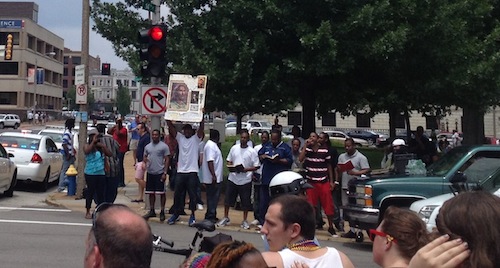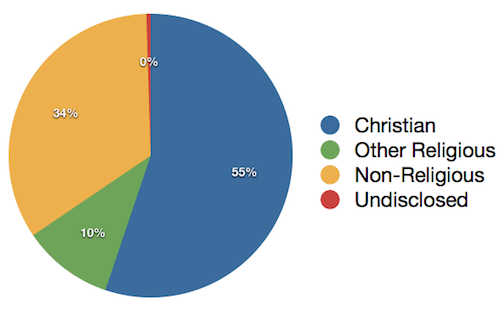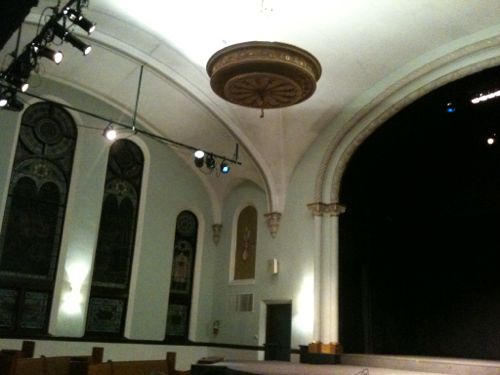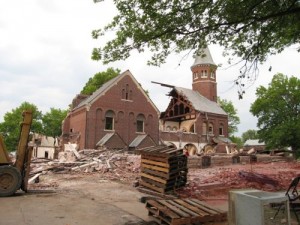Poll: Will Your Household Have a Christmas Tree? If So, What Type?

When my boyfriend moved in with me in February he said he’ll wanted to put up Christmas decorations, including a tree. I’m atheist and he’s agnostic, but Christmas is one of his favorite holidays. It was a long way off so I agreed.
A Christmas tree in a non-Christian home? Sure, a recent study even showed that Christmas trees appear in some Jewish households too:
About a third of Jews (32%) say they had a Christmas tree in their home last year, including 27% of Jews by religion and 51% of Jews of no religion. Erecting a Christmas tree is especially common among Jews who are married to non-Jews; 71% of this group says they put up a tree last year.
Compared with younger Jews, those 65 and older are somewhat less likely to have had a Christmas tree last year. And relatively few Orthodox Jews, including just 1% of Ultra-Orthodox Jews, say there was a Christmas tree in their home last year. (Pew Research)
By ’73 or ’74 we stopped using the aluminum tree, we got a new green artificial tree from Montgomery Ward or Sears. We never had a cut tree. My maternal grandparents were very religious Mennonites, but they never had a tree of any kind. Probably deemed too flashy.
For budget reasons we got a very small white artificial tree for this year, adorned with four South Park ornaments I had. We also decorated our front door. For next year I’m not crazy about a cut tree — what he’s used to. Why should a tree have to die just to hold lights & ornaments for a few weeks?
Next year I’d like to do a live Christmas tree, I just need to figure out where it’ll get planted after we’re done with it. Can it get planted in a city park?
The poll question this week asks if your household will have a tree and, if so, what type? The poll is in the right sidebar, results will be published on Wednesday December 25th.
— Steve Patterson





